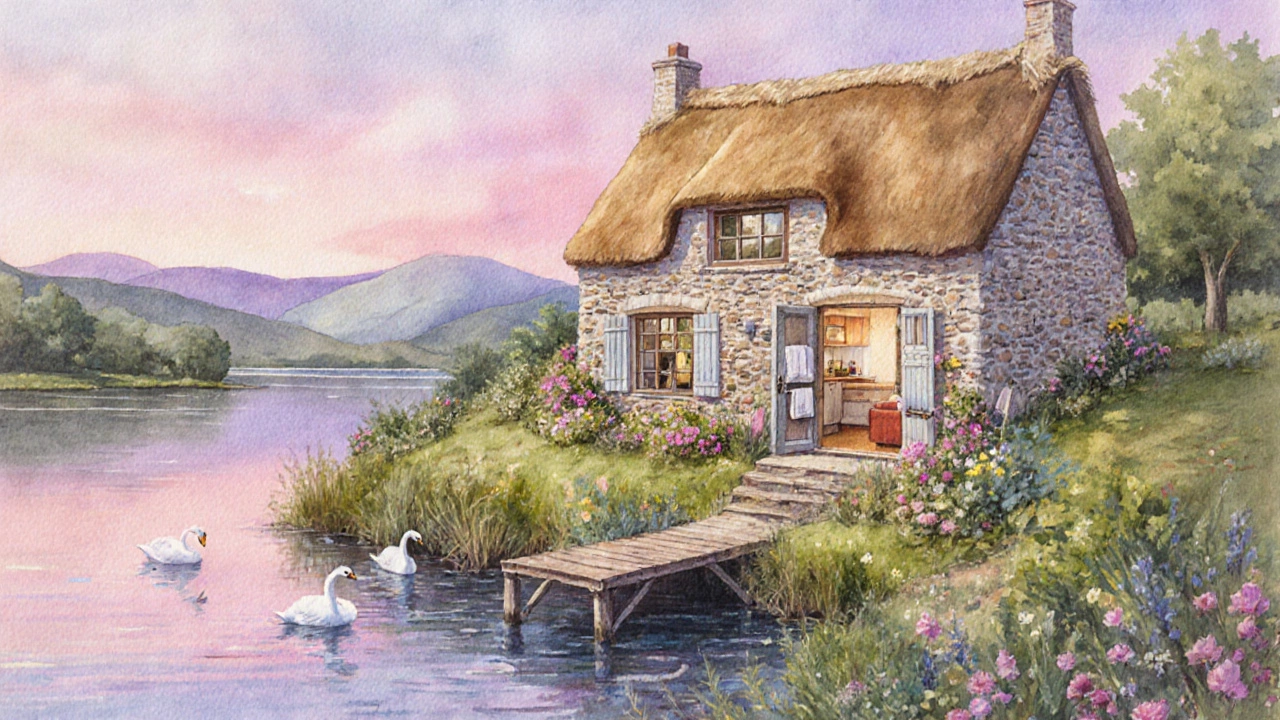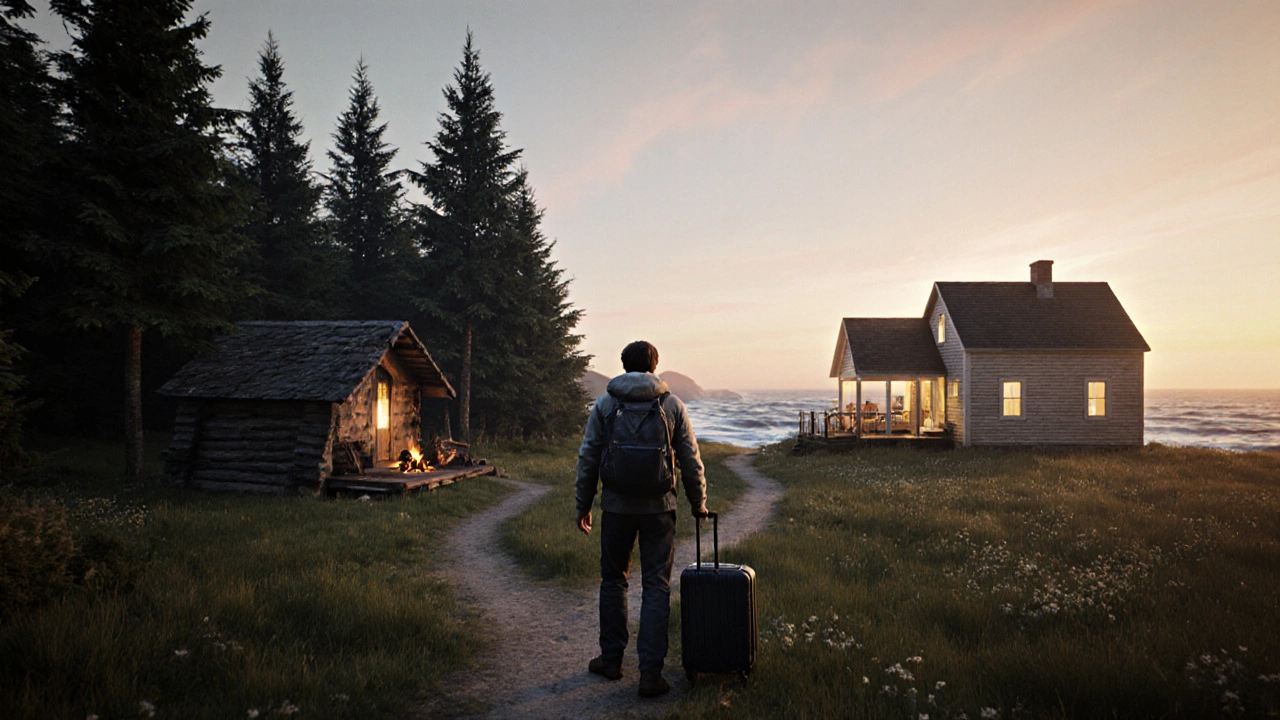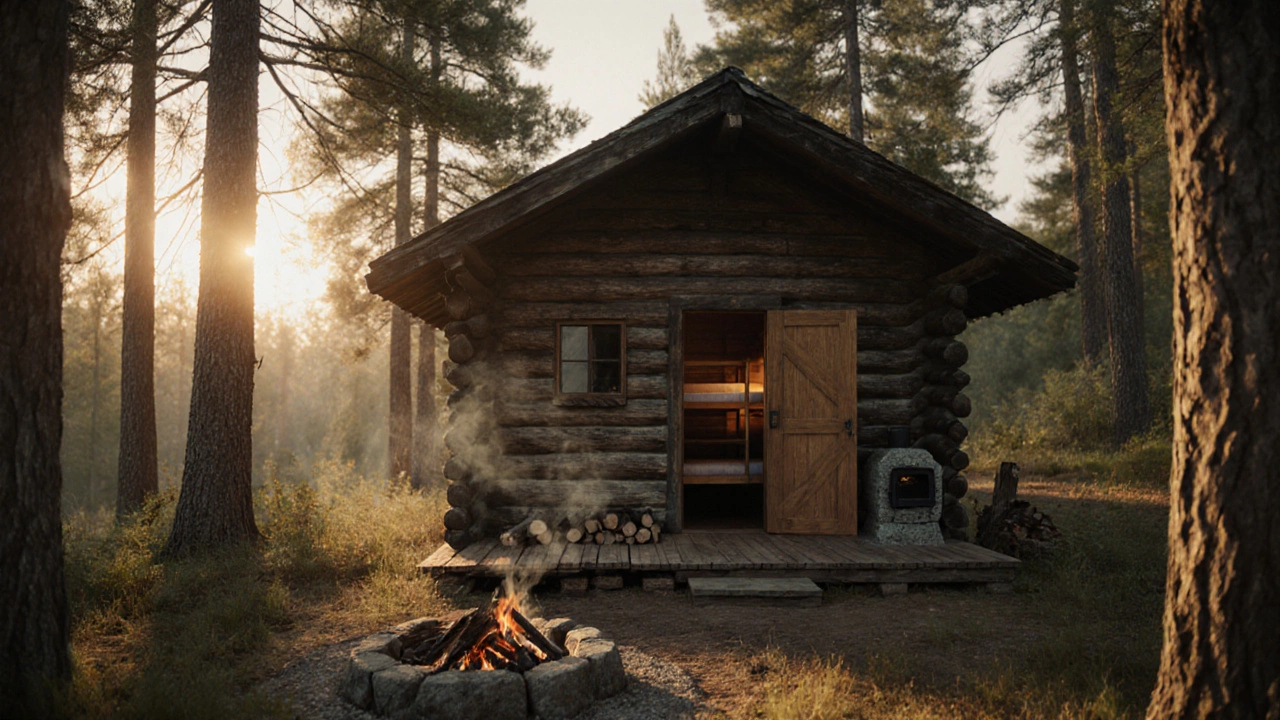Camp Cabin vs Cottage: Choose Your Perfect Stay
Camp Cabin
Rugged simplicity, nature immersion
- Located in campgrounds/national parks
- Basic amenities
- Shared bathroom facilities
- Budget-friendly
- Great for adventurers
Cottage
Comfort and home-like experience
- Found in villages/coastal areas
- Full amenities included
- Private bathroom
- Higher cost
- Ideal for families
Recommended Accommodation:
Planning a weekend in the great outdoors can feel like a maze of options - tents, lodges, cabins, cottages, you name it. Two names that often pop up together are camp cabin vs cottage. While they sound similar, the experience they deliver can be worlds apart. This guide breaks down what each term really means, how they differ in location, size, amenities, cost and who they’re best suited for, so you can pick the right spot for your next adventure.
Quick Takeaways
- Camp cabins are usually located inside campgrounds or national parks and offer very basic shelter.
- Cottages sit in rural or coastal settings, often furnished like a small house.
- Cabins focus on rugged simplicity; cottages emphasize comfort and home‑like amenities.
- Price per night for cabins is generally lower, but you may pay for extra services like firewood.
- Choose a cabin for a back‑to‑nature vibe; choose a cottage for a relaxed, family‑friendly stay.
What is a Camp Cabin?
Camp cabin is a small, often rustic shelter built within a campground or national park. Most cabins are simple wooden structures with a single room, a bunk bed or two, and a tiny kitchen area. They rarely include en‑suite bathrooms; instead, guests share communal shower blocks. Construction material is typically timber or logs, giving the cabin a natural look that blends with the surrounding forest.
What is a Cottage?
Cottage refers to a modest, free‑standing dwelling, often found in countryside villages, coastal towns, or holiday parks. Unlike cabins, cottages are fully self‑contained - they come with separate bedrooms, a living area, a kitchen, and a private bathroom. They are frequently constructed from stone, brick or timber, and many feature decorative elements such as thatched roofs or exposed beams. A cottage can be a vacation rental that you book through holiday‑home platforms.

Key Differences at a Glance
| Aspect | Camp Cabin | Cottage |
|---|---|---|
| Typical Location | Campgrounds, national parks | Rural villages, coastal areas, holiday parks |
| Size (sqft) | 150‑300 | 400‑800 |
| Sleeping Arrangement | Bunks or single bed | Separate bedrooms, sofa beds |
| Bathroom | Shared facilities | Private en‑suite |
| Kitchen | Basic hot plate, kettle | Full kitchen appliances |
| Construction Material | Log or timber frame | Stone, brick, timber |
| Ownership Model | Often owned by campground operator | Often privately owned, rented out |
| Typical Nightly Cost | $30‑$70 | $80‑$200 |
How the Setting Influences Your Experience
Location is the biggest driver of vibe. A cabin tucked in a forest trail offers sightlines of pine, the smell of campfire smoke, and easy access to hiking. A cottage perched on a cliffside or nestled beside a lake provides panoramic views, private gardens, and a quieter neighborhood feel. If you love birdsong and sunrise hikes, a cabin within a national park will deliver that raw nature buzz. If you prefer a leisurely stroll to a local market or beach, a cottage near a village or coastal town works better.
Typical Amenities and Comfort Levels
Both accommodations aim to be functional, but the level of comfort varies.
- Sleeping: Cabins usually have bunk beds; cottages feature double beds and sometimes sofa beds.
- Heating: Many cabins rely on wood‑burning stoves; cottages often have central heating or electric radiators.
- Water: Cabins may use communal taps, while cottages have private taps and hot water.
- Entertainment: Cabins might only have a basic radio; cottages often provide TV, Wi‑Fi, and sometimes a DVD player.
- Outdoor Space: Cabins often include a fire‑pit area; cottages may have a patio, garden, or even a private dock.
When you read a listing, look for the amenities section. It tells you whether you need to bring extra gear like a sleeping bag or a portable toilet.
Cost and Booking Considerations
Price differences stem from the level of service and ownership structure. Camp cabins are typically owned by the campground operator, so you book directly through the site’s reservation system. Cottages are often owned by private landlords and listed on vacation‑rental portals, meaning you might pay a security deposit and cleaning fee in addition to the nightly rate.
Seasonality also matters. In summer, a cabin in a popular park can surge to $70 per night, while a cottage in a quiet rural area might stay around $100. Off‑season rates drop dramatically for both, sometimes to $25 for a cabin and $60 for a cottage. Check cancellation policies: cabins usually have stricter rules because they’re part of a larger campground schedule, whereas cottages may allow more flexible dates.

Choosing the Right Option for Your Trip
Ask yourself a few quick questions:
- Do you crave an immersive nature experience with minimal distractions? Camp cabin wins.
- Do you need a separate bedroom for a partner or kids? Cottage offers that privacy.
- Will you be cooking meals from scratch? Cabins have basic hot plates; cottages have full kitchens.
- Is Wi‑Fi a must? Cottages are more likely to include reliable internet.
- What’s your budget? Cabins generally cost less, especially in remote parks.
Match your priorities with the attributes above, and you’ll land on a spot that feels right.
Common Misconceptions
Many travelers assume “cabin” always means a luxury log lodge, and “cottage” always means an old, drafty building. The reality is more nuanced. A log cabin can be a deluxe rental with heated floors, while a bungalow - a term sometimes used interchangeably with cottage - can be a modern, air‑conditioned unit. Always read the description rather than relying on the label.
Bottom Line
If you want to unplug, sleep under pine‑scented air, and don’t mind shared showers, a camp cabin delivers an authentic, budget‑friendly adventure. If you prefer a private bathroom, a fully equipped kitchen, and a setting that feels more like a small home, a cottage is the better choice. Both can make a memorable stay - just pick the one that aligns with your comfort level, activities, and wallet.
Frequently Asked Questions
Can I bring a pet to a camp cabin?
Most camp cabins in national parks allow pets, but they often require you to keep the animal on a leash and clean up after it. There may be an extra cleaning fee.
Do cottages have heating in winter?
Yes, most cottages provide central heating or electric radiators. Check the listing’s amenities section to confirm the type of heating.
Is Wi‑Fi available in camp cabins?
Wi‑Fi is hit‑or‑miss in cabins. Some campgrounds offer a shared hotspot for a fee, while others have no internet at all. If connectivity is essential, verify before you book.
What cooking equipment comes with a cottage?
A typical cottage includes a refrigerator, stove, oven, microwave, and basic cookware. Some budget cottages may only provide a kettle and toaster, so read the description carefully.
Are camp cabins suitable for families with young children?
Yes, many campgrounds have family‑friendly cabins with bunk beds and safety railings. However, you’ll need to bring baby‑proofing items and be comfortable with shared bathroom facilities.
